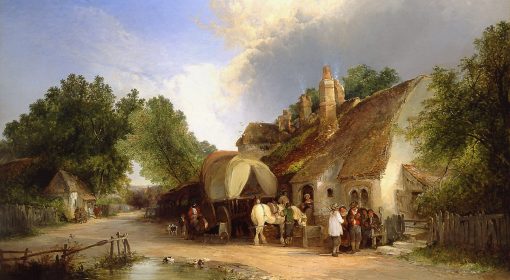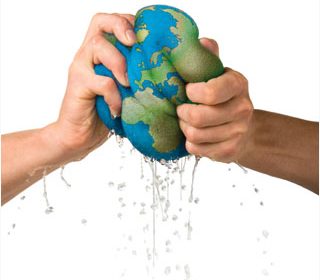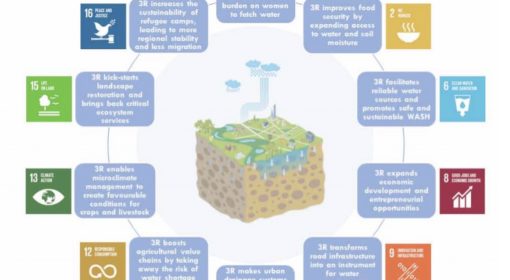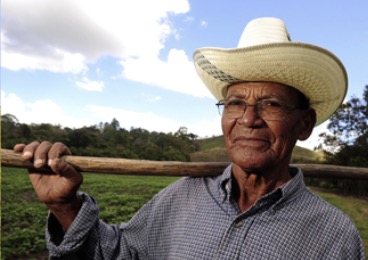 posted by Frank van Steenbergen
posted by Frank van Steenbergen
September 24, 2012
In recent times of crisis, the economic performance of US has been helped very much by an age-old practice – the printing of extra money (the euphemistic term is ‘quantitative easing’). A shot in the arm for the economy but also one that also brings inflation and weakens the patient. If the dollar was any other currency its bloated being would have been abandoned by now, but of course it is not. 68% of global currency reserves are held in dollars, so dropping the dollar would mean everybody giving up one’s financial buffers. Much of China’s reserves (in trillions) are in US Treasury Bonds and in other government-linked dollar securities. Moreover, the yuan is pegged to the dollar in a fixed exchange rate. What the ‘quantitative easing read money printing’ has done is that it exports inflation into the Chinese economy causing, among other things, the value of the Chinese reserves to whittle away. As one may expect, this has not gone down very well with many.
James Rickards in his highly recommended book ‘The currency wars: the making of the next global crisis’ describes this US inflation/ devaluation strategy – apparently devised as a ploy against an undervalued Chinese yuan (and unlikely to work to protect one’s economy). It is, however, a strategy that may self-defeat and accelerate the demise of the dollar as the global currency.
Is there a way out? Yes there is. China in particular has been gradually moving away from keeping its reserves in the highly speculative dollar – the currency that has come to symbolize the enormous virtual economy where money is created out of nothing – be it by the US Federal Reserve, credit card companies or high street banks. The answer is risk spreading – investing in a more diverse basket of currencies – and very important: investing in commodities. These commodities represent a real value and they restore the relation between the currency (the yuan in this case) and the asset base – more or less like the gold standard of old.
Citing James Rickards (pg 163): “Commodities include not only obvious things like gold, oil and copper, but also stocks of mining companies (….) and agricultural land that can be used to grow commodities such as wheat, corn, land and coffee. Also included is the most valuable commodity of all – water. Special funds are being organized to buy exclusive rights to freshwater from deep lakes and glaciers in Patagonia…”
This puts a new spin on the current rush to land and water grabbing. It is not only to feed one’s growing population and cater for an expanding world market in basic food, fibre and fodder. It is also to secure one’s assets and get hold of the increasingly scarce global resource properties – to peg one’s economy and currency to something solid – natural resources, even if they are outside one’s own country. The strategy is not only Chinese. One sees the rush towards owning land in times of economic uncertainty everywhere.
What does this mean for water and land? One is what has been documented a lot in land and water grabbing in recent years: denying ordinary citizens access to the land and water resources they used for a long time and that they may had in mind for their children. The second will be less productive use. As land and water become assets and securities, their productive use and proper management takes a back seat and their economic value is that of speculation rather than productive use.
{jcomments on}



